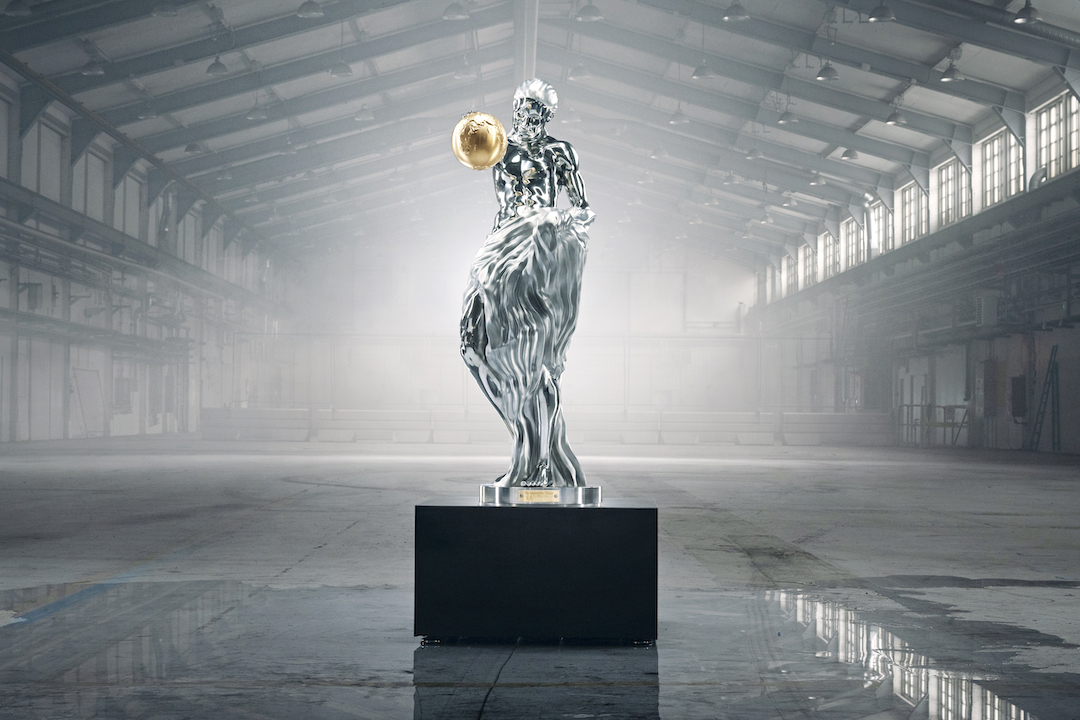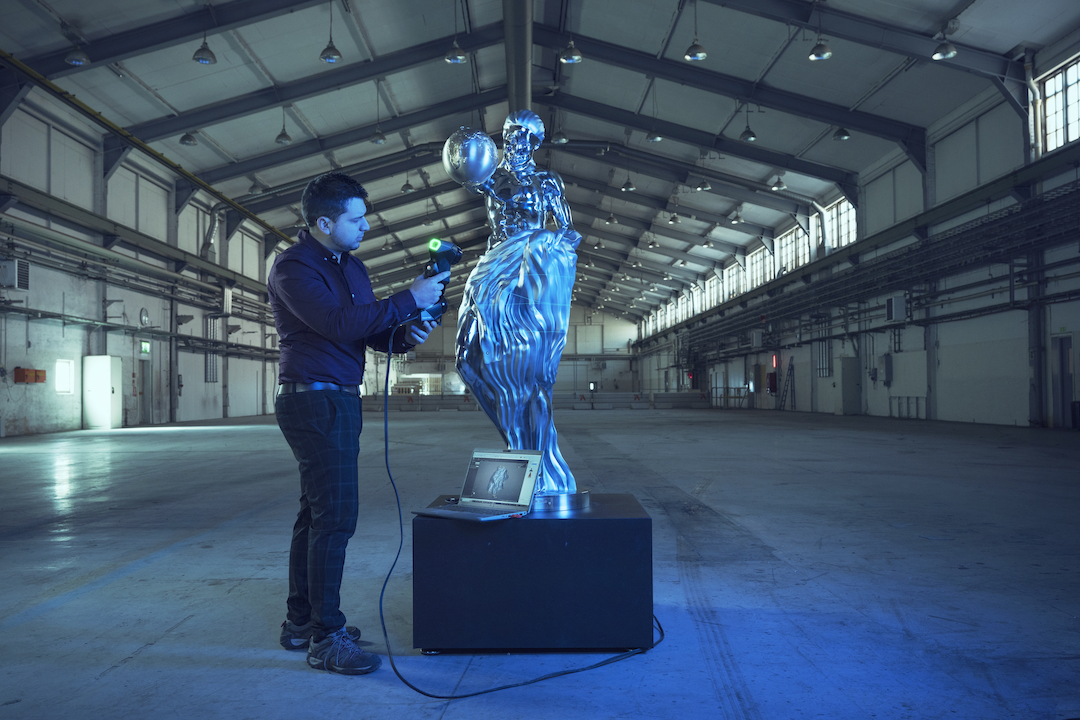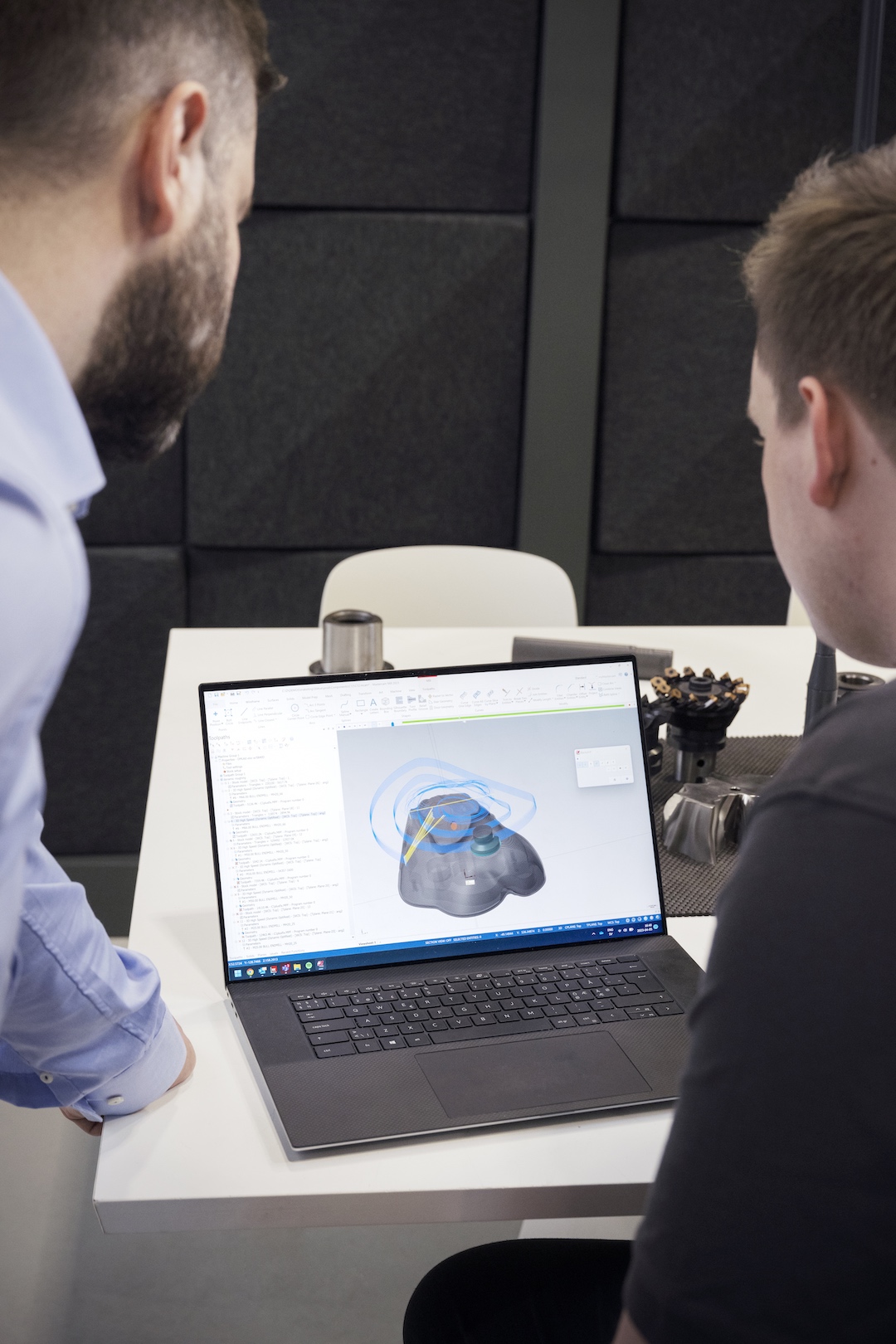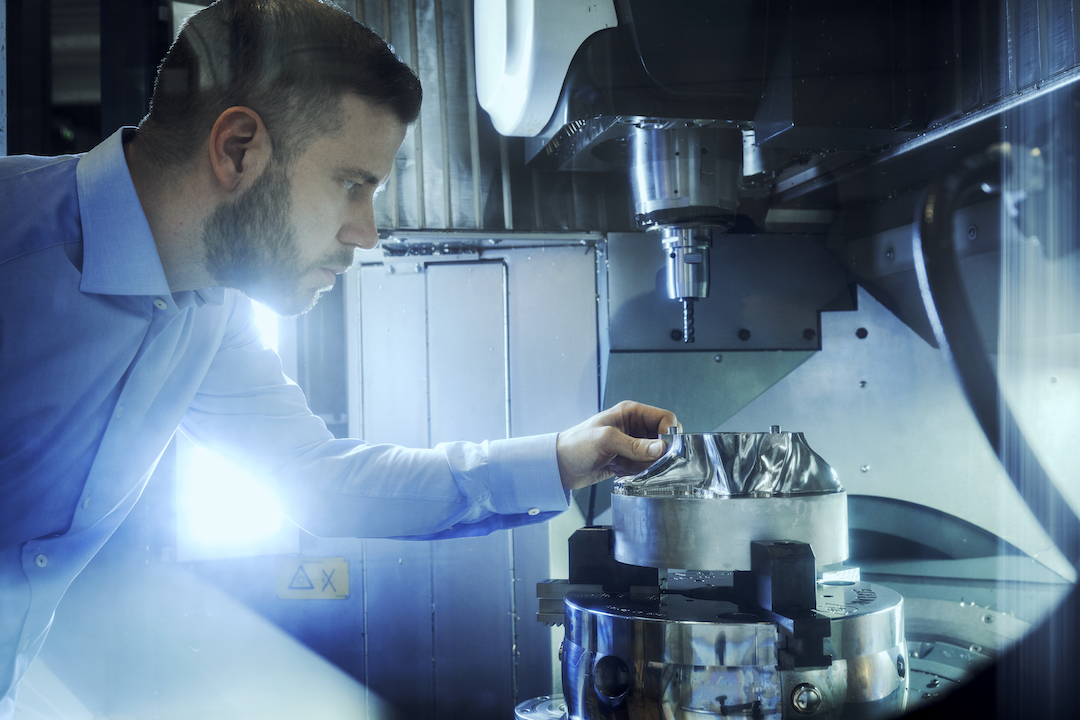World’s First AI-Generated Statue Embodies Styles Of History’s Famed Sculptors
By Alexa Heah, 25 May 2023

Visitors to the National Museum of Science and Technology in Stockholm, Sweden, will come face-to-face with the latest addition to its vast collection: a human-shaped, stainless steel sculpture dubbed The Impossible Statue.
While seemingly typical and insignificant at first glance, the five-foot artwork is hiding a secret. Turns out, the piece is the world’s first-ever sculpture generated by artificial intelligence (AI), created by technology consultancy The AI Framework and engineering firm Sandvik.

In fact, within the statue are the shared aesthetics of some of history’s most renowned sculptors, including features reminiscent of past works by Michelangelo, Rodin, Käthe Kollwitz, Takamura Kotaro, and Augusta Savage.
To create an amalgamation of these artists’ characteristics, AI models were trained on works by the five creators, allowing them to merge the contrapposto of Michelangelo, the musculature of Rodin, the naturalism of Kollwitz, the movement of Kotaro, and the boldness of Savage.

Simply put, engineers at Sandvik allowed the technology to cherry-pick the “most desirable attributes” of each sculptor’s works over the past five centuries before repeatedly generating drafts using image generators Stable Diffusion, DALL-E, and Midjourney.
The final result? A striking, silver-clad androgynous figure that blends into a mass of shifting shapes from the waist down while holding onto a globe-like object. The project was then turned from a 2D render into a 3D statue by tapping on depth-estimator software.

In addition, Sandvik trialed its manufacturing processes through a series of digital simulations, enabling builders to only use half of the amount of steel originally required to construct the artwork. The final piece comprises 9,000,000 polygons and 17 separate steel pieces.
Even more impressively, the builders said the actual sculpture only differs 0.0012 inches from the original 3D model, making the intersections between the different parts “almost invisible to the naked eye.”

Nowadays, it seems the process of creating another 3D model similar to The Impossible Statue isn’t as time-intensive anymore. As per Fast Company, nearly a year from the start of the project, several generators have popped up to complete this process with just a single software.
[via Artnet News and Fast Company, images via Sandvik]





